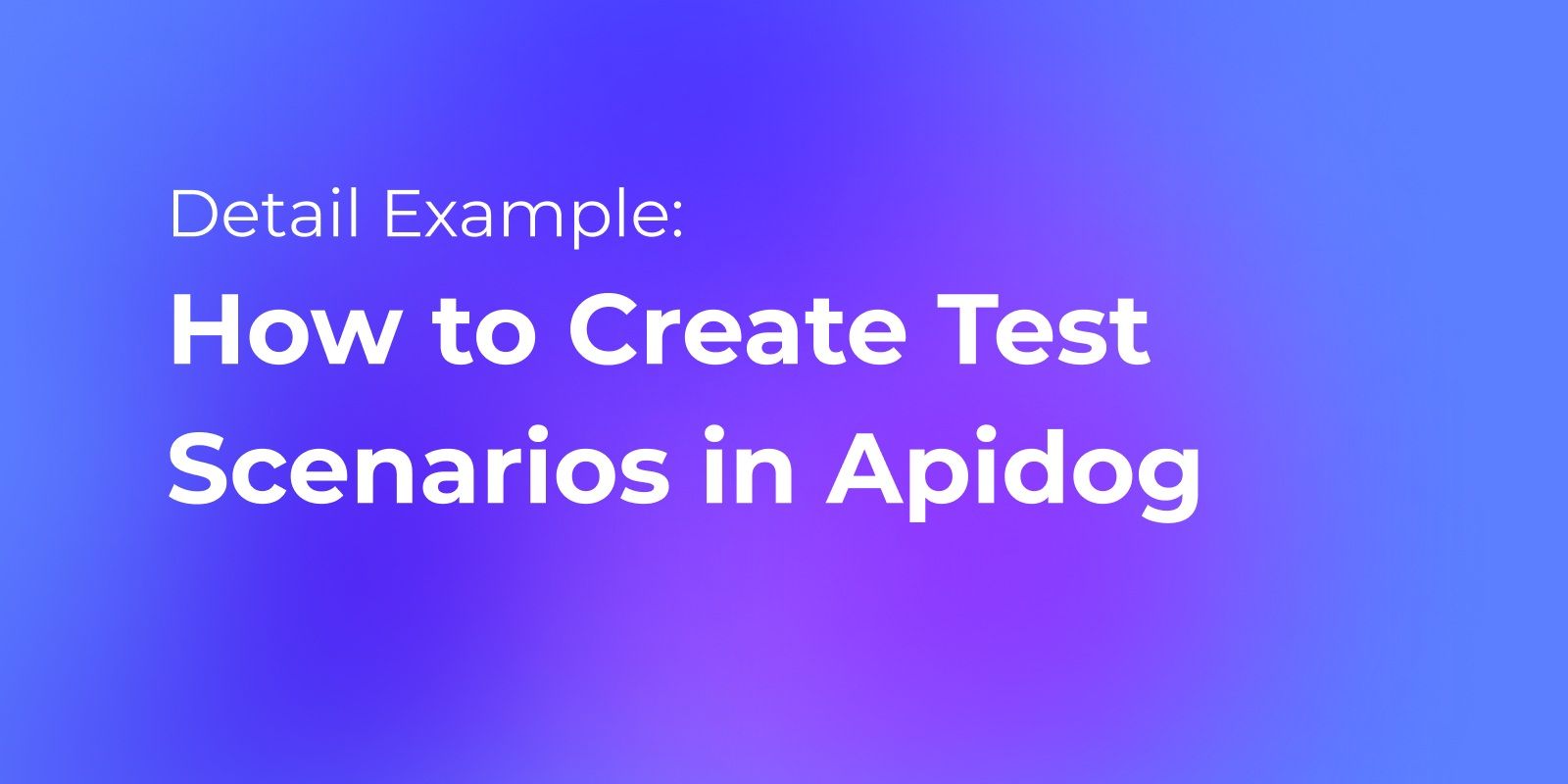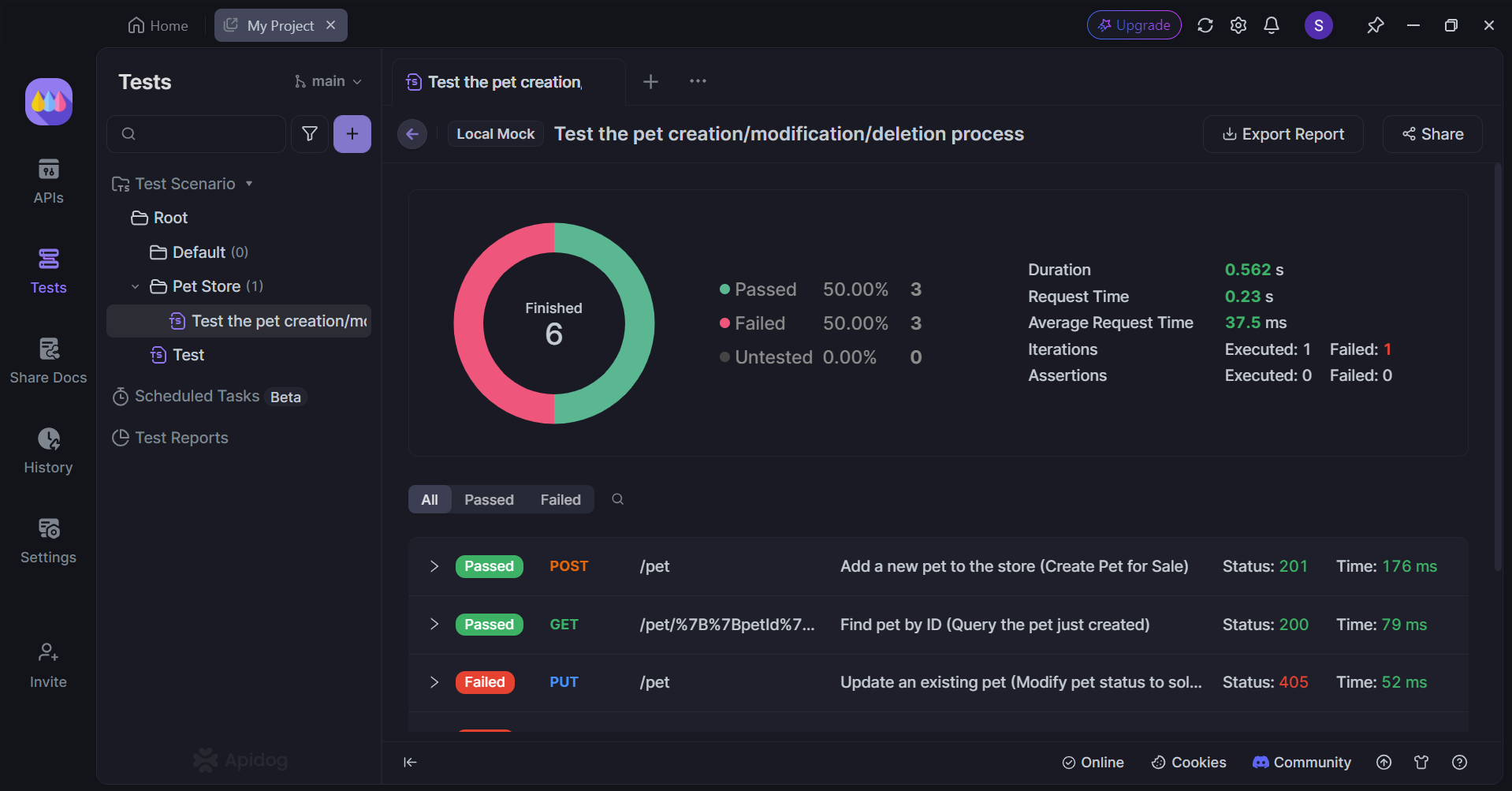Docker and Podman represent two powerful approaches to container management, each with distinct architectures and capabilities that serve different use cases in modern software development.
From design and testing to documentation and mocking, Apidog offers essential features including CI/CD integration, custom scripting, and automatic code generation.
Ready to enhance your API workflow? Get started now by clicking the button below!

Core Architectural Differences
The fundamental distinction between Docker and Podman lies in their architectural approaches.
Docker employs a daemon-based architecture with a client-server model, where a centralized daemon process manages container operations in the background. This architecture provides centralized container management but introduces potential security risks due to the daemon running with root privileges.
Podman, conversely, utilizes a daemonless architecture, communicating directly with the Linux kernel and container runtime interface. This design eliminates the need for a persistent background process and allows containers to operate independently, enhancing security and reducing system overhead.
Security Considerations
Docker's Security Model
Docker's traditional approach requires root privileges for its daemon, which can present security vulnerabilities if compromised. While Docker has recently introduced rootless mode, this feature was not part of its original design and requires additional configuration.
Podman's Security Advantages
Podman emphasizes security through several key features:
- Rootless containers by default
- Isolated user namespaces
- Direct kernel communication
- Narrower set of default capabilities (11 compared to Docker's 14)2
Performance Characteristics
Resource Usage
Docker's daemon-based architecture typically consumes more system resources due to the persistent background process. Podman's daemonless approach generally results in lower resource overhead, making it particularly suitable for resource-constrained environments.
Startup Times
Podman typically demonstrates faster container startup times, sometimes up to 50% quicker than Docker, thanks to its streamlined architecture. This performance advantage becomes particularly noticeable in environments with high container density.
Use Cases and Applications
Docker Excels In:
- Microservices architecture implementation
- DevOps adoption and continuous deployment
- Multi-tenancy environments
- Legacy application modernization
Podman Shines In:
- Security-critical environments
- Systemd-based systems
- Kubernetes-oriented deployments
- Resource-constrained environments
Integration and Compatibility
Both tools maintain OCI compliance, enabling interoperability between their container formats. However, they differ in their integration capabilities:
| Feature | Podman | Docker |
|---|---|---|
| Daemonless Architecture | Yes | No |
| Systemd Integration | Yes | No |
| Pod Support | Yes | No |
| Docker Swarm Support | No | Yes |
| Kubernetes YAML Support | Yes | No |
Enterprise Adoption Considerations
Docker Benefits:
- Extensive ecosystem and community support
- Comprehensive documentation
- Seamless cloud integration
- Established CI/CD pipeline integration
Podman Benefits:
- Enhanced security features
- Better resource efficiency
- Native Kubernetes compatibility
- Simplified system integration
Development Workflow Impact
Docker Workflow:
Docker's unified approach simplifies container management through its all-in-one solution. The daemon handles image building, container runtime, and orchestration, making it particularly suitable for development teams seeking a straightforward containerization solution.
Podman Workflow:
Podman adopts a more modular approach, leveraging specialized tools for specific functions. While this may require additional tooling knowledge, it provides greater flexibility and control over the containerization process5.
Future Considerations
The container ecosystem continues to evolve, with both platforms adapting to emerging needs. Podman's security-first approach and closer alignment with Kubernetes make it increasingly attractive for enterprise deployments, while Docker's extensive ecosystem and ease of use maintain its popularity among developers4.
Making the Choice
The decision between Docker and Podman should be based on specific requirements:
Choose Docker when:
- Requiring extensive community support
- Prioritizing ease of use
- Needing comprehensive documentation
- Working with established CI/CD pipelines
Choose Podman when:
- Security is paramount
- Operating in resource-constrained environments
- Requiring rootless containers
- Planning extensive Kubernetes integration
Apidog - Streamline API Testing
If you feel that Cucumber and Selenium do not satisfy your requirements, you should consider giving Apidog a shot.

Experience Apidog's powerful API testing capabilities - just one part of this complete development platform that simplifies API building, mocking, and documentation.
Let's explore how Apidog makes API testing intuitive and efficient!
Apidog Test Scenarios
Apidog has a unique testing feature called test scenarios.


With Apidog's intuitive visual interface, you can create and run API tests in sequence, effortlessly connecting related endpoints. This powerful capability proves essential when testing APIs that rely on specific execution orders or depend on each other's responses.
Observe Apidog's Test Scenario Results

Apidog delivers detailed test results after each run, showing you exactly how each API request performed, including success rates, error reports, and the complete duration of your sequential API tests.
Individual API Endpoint Testing With Apidog

Testing individual APIs in Apidog couldn't be simpler - just navigate to the Run header and hit Send to instantly evaluate a single endpoint's response.

Conclusion
Both Docker and Podman represent viable solutions for container management, with their distinct approaches serving different use cases and requirements. Docker's mature ecosystem and user-friendly interface continue to make it a popular choice for many developers, while Podman's security-focused, daemonless architecture appeals to organizations prioritizing security and system integration. Understanding these differences enables teams to make informed decisions based on their specific needs and constraints.ShareRewrite

